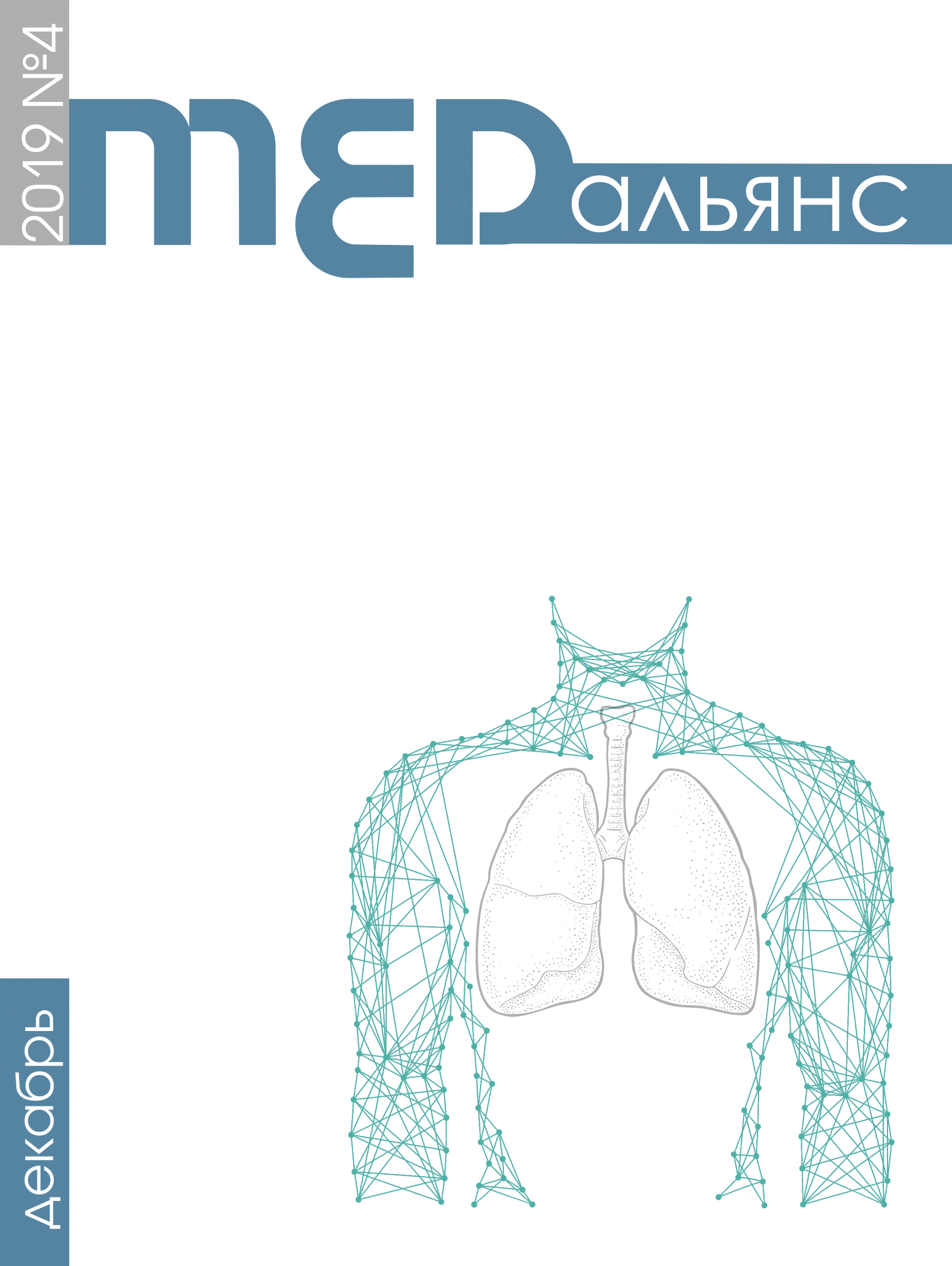Abstract
Pulmonary sarcoidosis, as an immune-mediated disease of unknown etiology, leads to the development of systemic complications with the internal organ dysfunction. Nowadays, much attention has been paid to the development of such complication as a small fiber neuropathy (SFN), which is characterized by dysfunction of the smallest nerve fibers, widely present in the skin, mucous membranes and internal organs. The most common clinical manifestations of SFN include pain and various disorders of the internal organs, however, this pathology requires further study due to the complexity of diagnosis and a wide range of functions performed by small nerve fibers. Aim: to identify the clinical manifestations of small fiber neuropathy in sarcoidosis in the structure of autoimmune/proinflammatory syndrome induced by adjuvants (ASIA). Materials and methods. 25 patients with pulmonary sarcoidosis and 73 healthy volunteers were included in the study in 2018–2019. A standard set of examinations was performed using X-ray, morphological, bacteriological and molecular genetic methods. For clinical verification of the SFN, the “Small Fiber Neuropathy Screening List” (SFN-SL) was used. An “ASIA research Questionnaire” was also used to evaluate potential triggers and symptoms of an autoimmune reaction. Results of the study. Up to 60% of patients with sarcoidosis report the presence of at least one complaint, which may be associated with SFN. The most frequent complaints included dysfunctions of the cardiovascular and musculoskeletal system, gastrointestinal tract, skin lesions and ophthalmic pathology were also observed. In 20% of cases, patients noted the constant presence and significant severity of at least one of these symptoms. A positive correlation was found between the SFNSL score and the incidence of the most common ASIA symptoms (Spearman's correlation coefficient, p = 0.038, r = 0.372, 95% CI –0.1976 to 0.7538), which suggests the immune-mediated genesis of this complication. Conclusion. In patients with pulmonary sarcoidosis, small fibers neuropathy may develop as a result of systemic immune-mediated damage to nerve tissue. The most common symptoms of this complication were autonomic dysfunction of various internal organs and systems. The use of validated questionnaires helps to establish the severity of neuropathy of small fibers, which may be an indication for histological verification of the diagnosis and the prescription of pathogenetic treatment.

